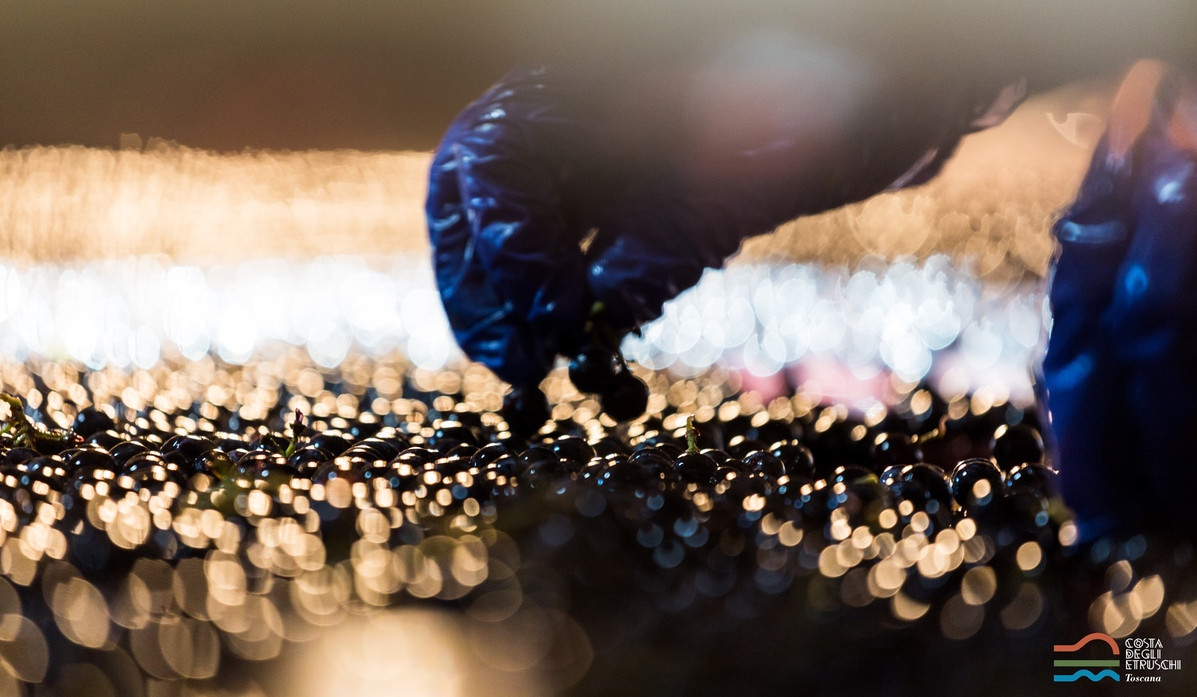How excellence is born: the history of Sassicaia
A secret dream, a farsighted vision and unique terrain were the ingredients for the birth of Sassicaia. From the Etruscan Coast, one of the best wines in the world.
The history of Sassicaia, one of the best-known and most appreciated Tuscan wines in the world wine scene, is recent, with its origins in a vision so far-sighted that it seemed a folly. This wine, whose production is regulated by precise procedures and times, was the first in Italy to obtain a DOC riservata appellation, Bolgheri Sassicaia, under the control of a single vineyard now as famous as the wine itself, Tenuta San Guido. Only the soil of the estate is capable of producing, and indeed is the only one entitled to produce, true Sassicaia, giving life to what is rightly considered the patriarch of the Supertuscan wines. When Marchese Mario Incisa della Rocchetta, then a student, decided to put his passion for wine to good use, he did so in an attempt to create a “Tuscan Bordeaux”, a product that was on par with the excellent Bordeaux wines. The double challenge lay in producing such a wine on terrain in the Maremma and in particular the Etruscan Coast, which was still far from being associated with wine production.

In the history of Sassicaia there have been several decisive turning points that have gone on to decree its success; the first came when the Marquis married Clarice della Gherardesca, who brought with her as part of her dowry the San Guido estate, the very place that Giosuè Carducci praised for the beauty of its landscape and avenue of cypresses. Compared to the other terrain the Marquis had previously cultivated with vines, the land of San Guido was remarkably stony and so similar to that around Bordeaux that it offered the perfect opportunity to innovate by planting French grape varieties (Cabernet Sauvignon and Cabernet Franc) and ageing the wine in casks. This latter proved decisive: the production of Sassicaia began in the 1940s as a few bottles intended for family use and which rested in the Castiglioncello cellar waiting to be drunk.
The Marquis realised that the wine improved considerably as it aged and so today the rules require it to be left to age for no less than two years, with a proportion destined for ageing in barriques. The profile was beginning to be outlined of a superior, “luxury” wine, as opposed to one whose sale merely permitted a means of survival, destined for the tables of wealthy families who could also afford the pleasure of waiting. Sassicaia remained within the boundaries of the estate until 1968, the year in which it was first brought to market. In the following ten years its fame grew, until 1978 when the second and decisive turning point came. The wine was included in a blind tasting of great Cabernets organised by the UK magazine, “Decanter”. To everyone’s great surprise, the 1972 vintage Sassicaia was judged the winner.
This paved the way to global success.
Today Sassicaia is considered one of the finest wines in the world and is protected by rules defining the area of production, composition, which must contain 80% Cabernet Sauvignon, and ageing times. With its intense red colour and full bouquet, this wine is the perfect companion to dishes combined with the best Tuscan red meats and the undisputed star of exceptional wine tasting and unforgettable days in the only place in the world where it can be made, on the estate of Tenuta San Guido on the Etruscan Coast.
To find out more:
